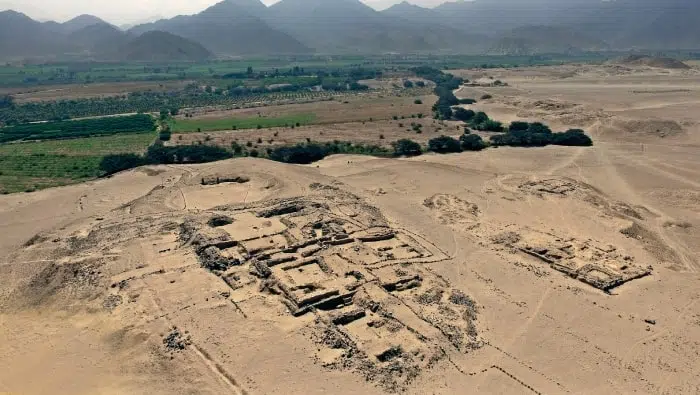
A New Pyramid of the Caral Culture, Known as the Oldest Civilization in South America, Discovered
A team from the Caral Archaeological Zone has uncovered a new pyramidal structure in “Sector F” of the Chupacigarro archaeological site. This site is located just one kilometer west of the Sacred City of Caral-Supe, a UNESCO World Heritage site, in the Supe Valley, Barranca province, Lima Region, Peru.
Dr. Ruth Shady leads the multidisciplinary team responsible for this significant discovery. Initially hidden under huarango trees and dense vegetation, the structure features impressive stone walls with at least three stacked platforms. Large vertical stones, known as ‘huancas,’ mark the corners of the building.
The structure has a quadrangular shape and includes a central staircase that provides access to its summit. The ‘huancas’ serve both structural and symbolic purposes, highlighting the ceremonial importance of the site.
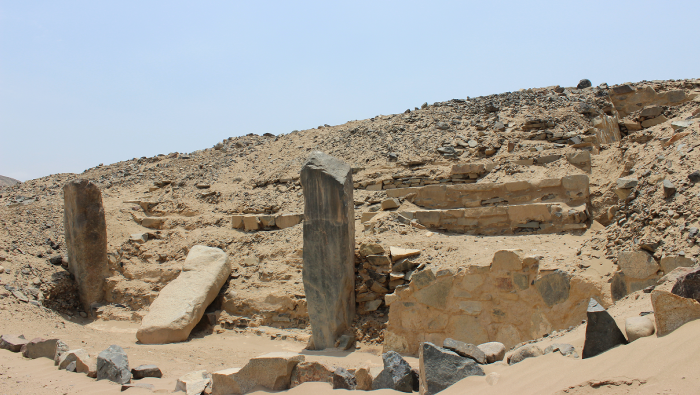
Researchers have identified 12 public or ceremonial structures at Chupacigarro. These structures are strategically distributed across the hills and surround a Main Building with a sunken circular plaza. Residential areas nearby suggest the presence of a small urban center covering approximately 38.59 hectares, serving both public and private functions.
Chupacigarro sits near a small water ravine, close to the Sacred City of Caral Supe. The newly uncovered pyramid is part of a larger network of architectural structures found across various archaeological sites in the Supe Valley region.
The Caral civilization, which thrived from around 3000 to 1800 B.C., is one of the oldest and most advanced cultures in ancient Peru. This civilization is known for its significant advancements in agriculture, architecture, and social organization. Caral features large pyramids and public buildings, and it had a complex social hierarchy and trade network, despite lacking a written language.
The architectural features at Chupacigarro display a variety of sizes and orientations, indicating diverse functional purposes. Researchers have discovered residential architecture along the site’s periphery, with a prominent building overseeing smaller structures, including a sunken circular plaza typical of this historical period.
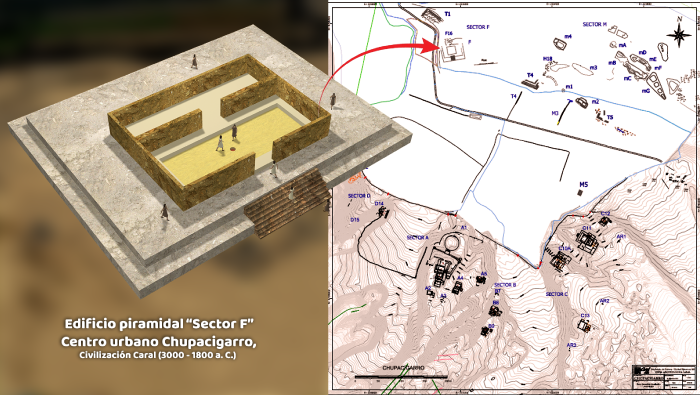
These findings suggest the existence of a small urban settlement that once thrived in the area. The research team, under Dr. Ruth Shady’s leadership, plans to conduct comprehensive mapping of the entire site to better understand its dimensions and significance.
In addition to the architectural findings, the team discovered a geoglyph depicting a profile head in the Sechín style. This geoglyph is visible only from a specific vantage point. It highlights the ritual and symbolic importance of Chupacigarro and suggests a connection to the Sacred City of Caral and the coastal populations of the Huaura Valley.
The geoglyph indicates that the site may have served as a cultural and ceremonial hub, facilitating access to essential marine and agricultural resources for the communities in the region.
Cover Image Credit: Gob.pe
You may also like
- Archaeologists Discover 9,000-Year-Old Temple in Jordan Desert
- Sumerian Birth Certificate: One of History’s Oldest Records
- Archaeologists Uncover Unique Auditorium During Excavations in Sicily
- Astonishing 3,000-Year-Old Cave Paintings Unearthed in Brazil
- Ancient Assyrian Tablets: Science Uncovers 7th Century Writing Techniques
- The Mysterious Goddess of Levent Valley: 2800-Year-Old Hittite Goddess Figurine
- Discovery in Romania Reshapes History of Ancient Dacian Presence
- New Study: Climate Change May Have Played a Role in the Fall of the Roman Empire
- The Dazzling Treasure of Kibyra: The Medusa Mosaic Reopens to Visitors
- Stunning 2,500-Year-Old Settlement Discovered in North Macedonia
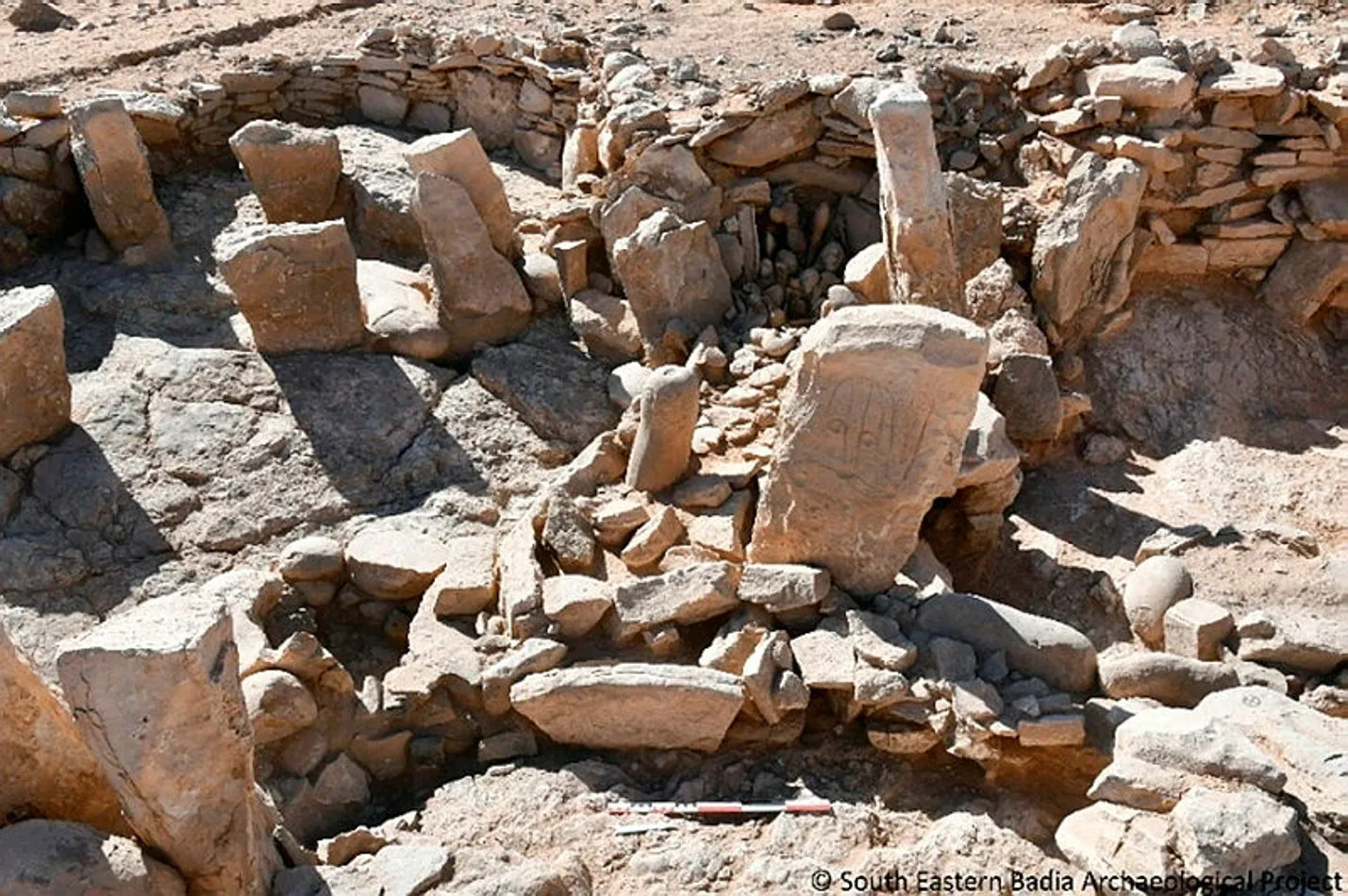
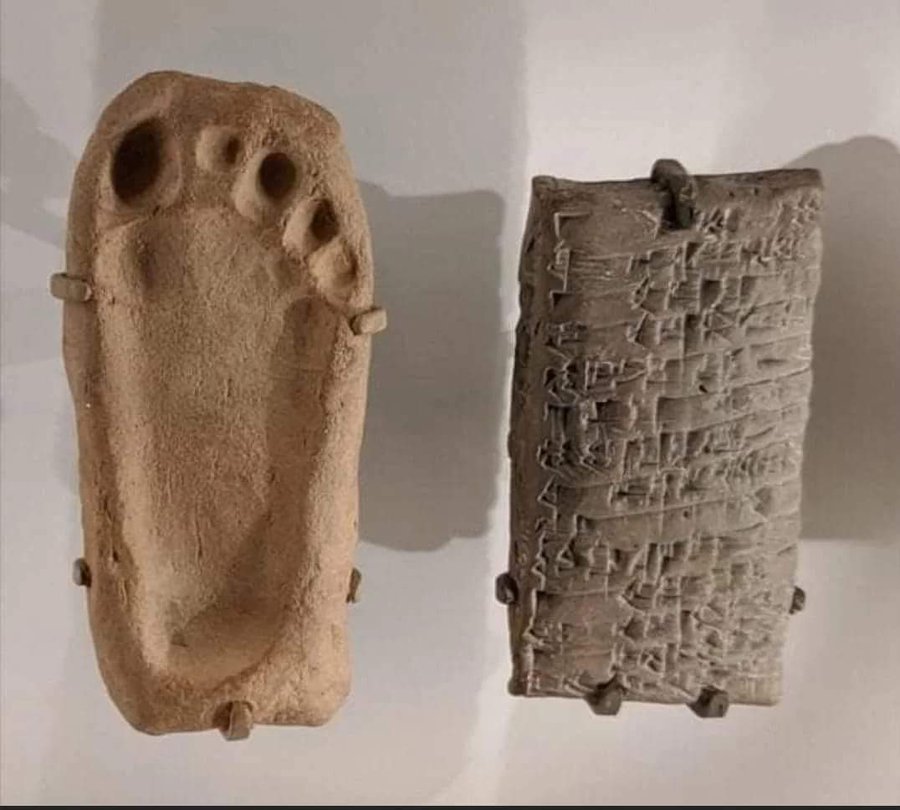
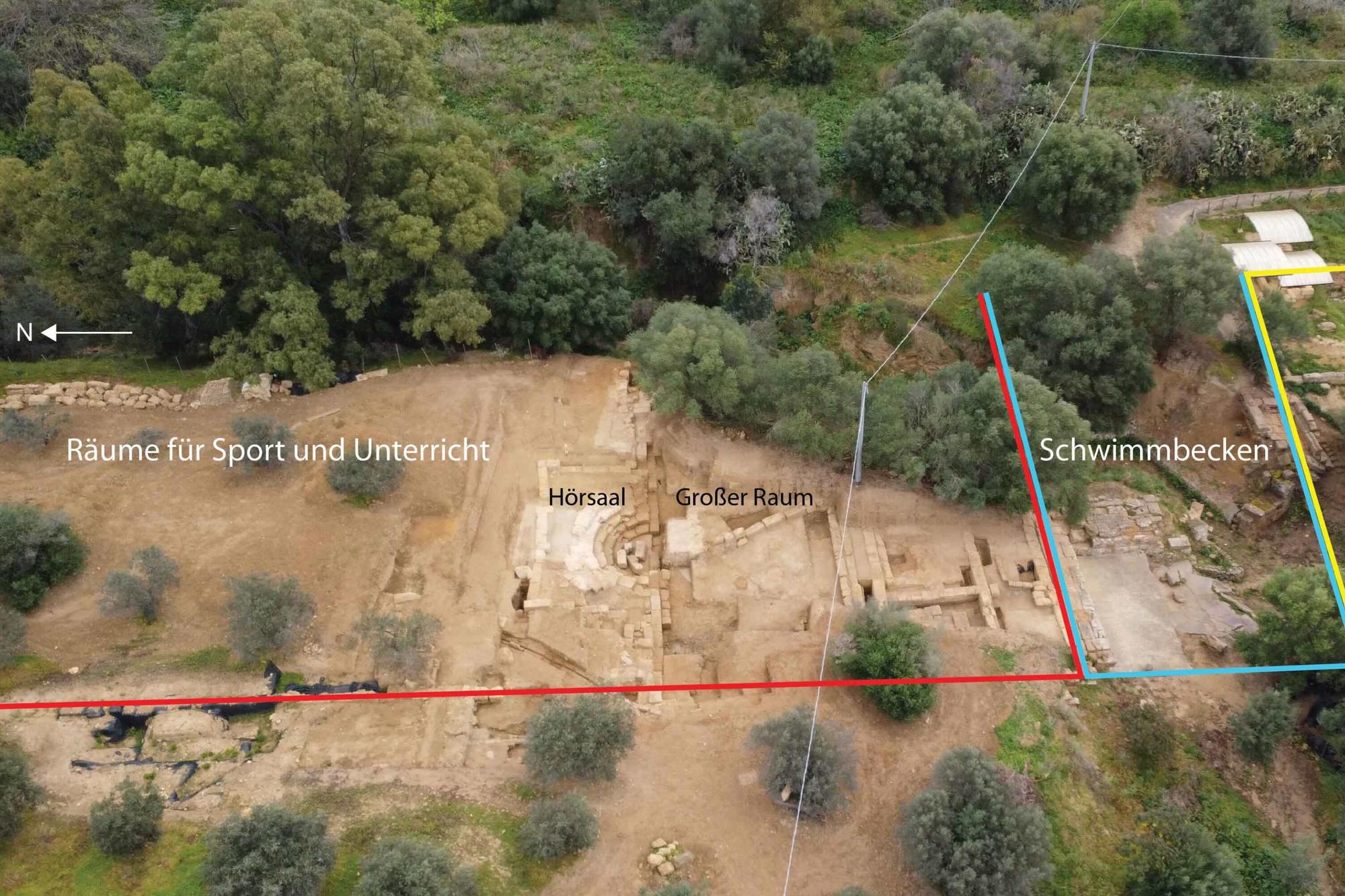
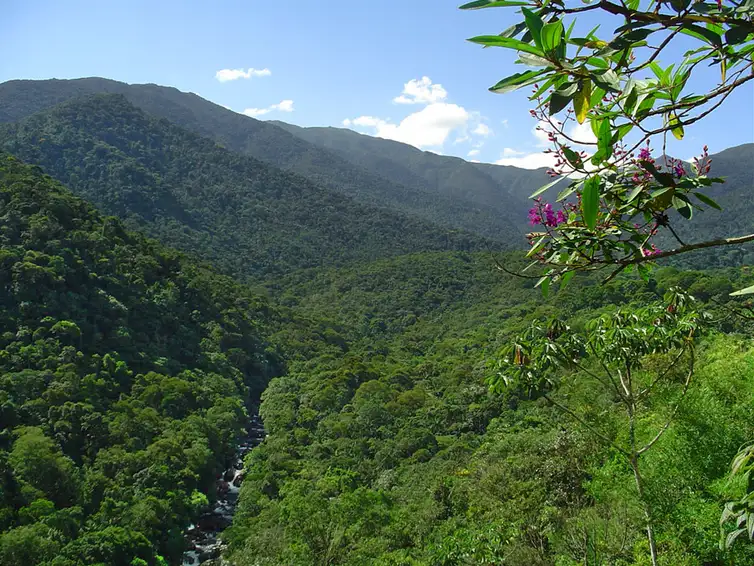
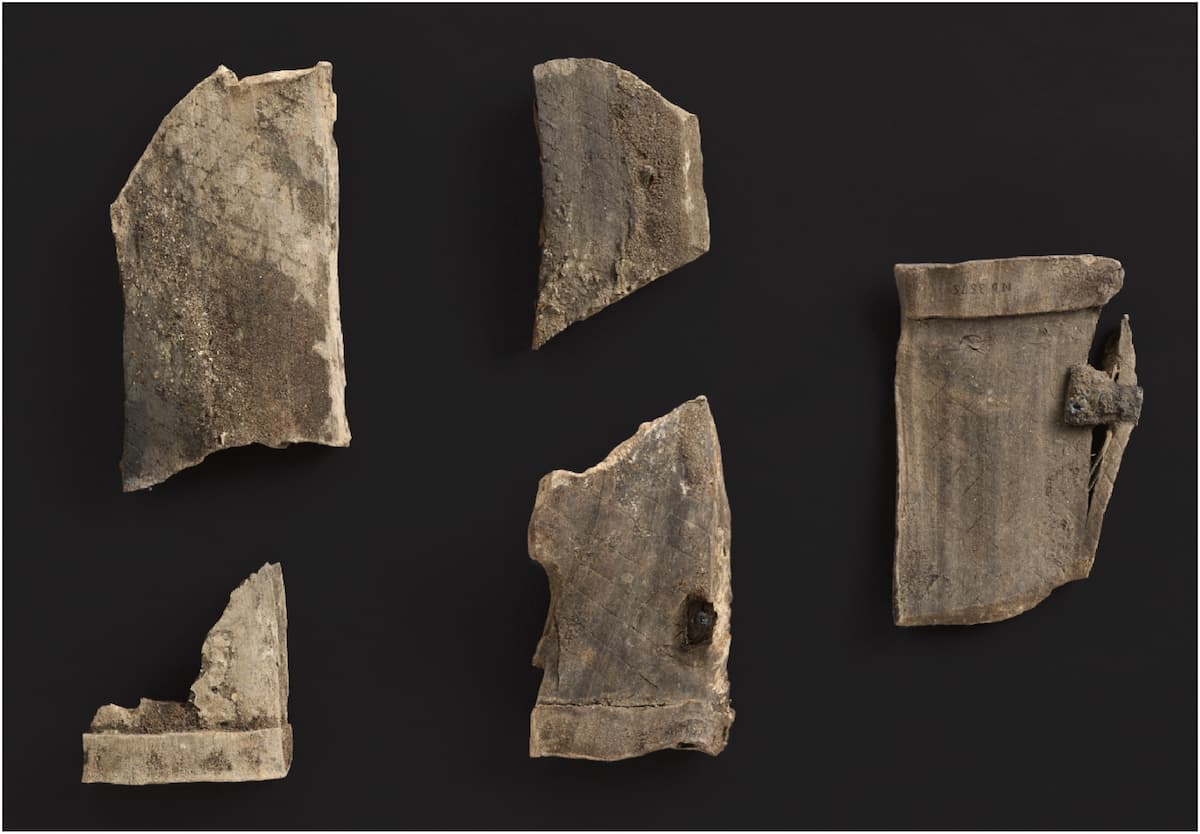
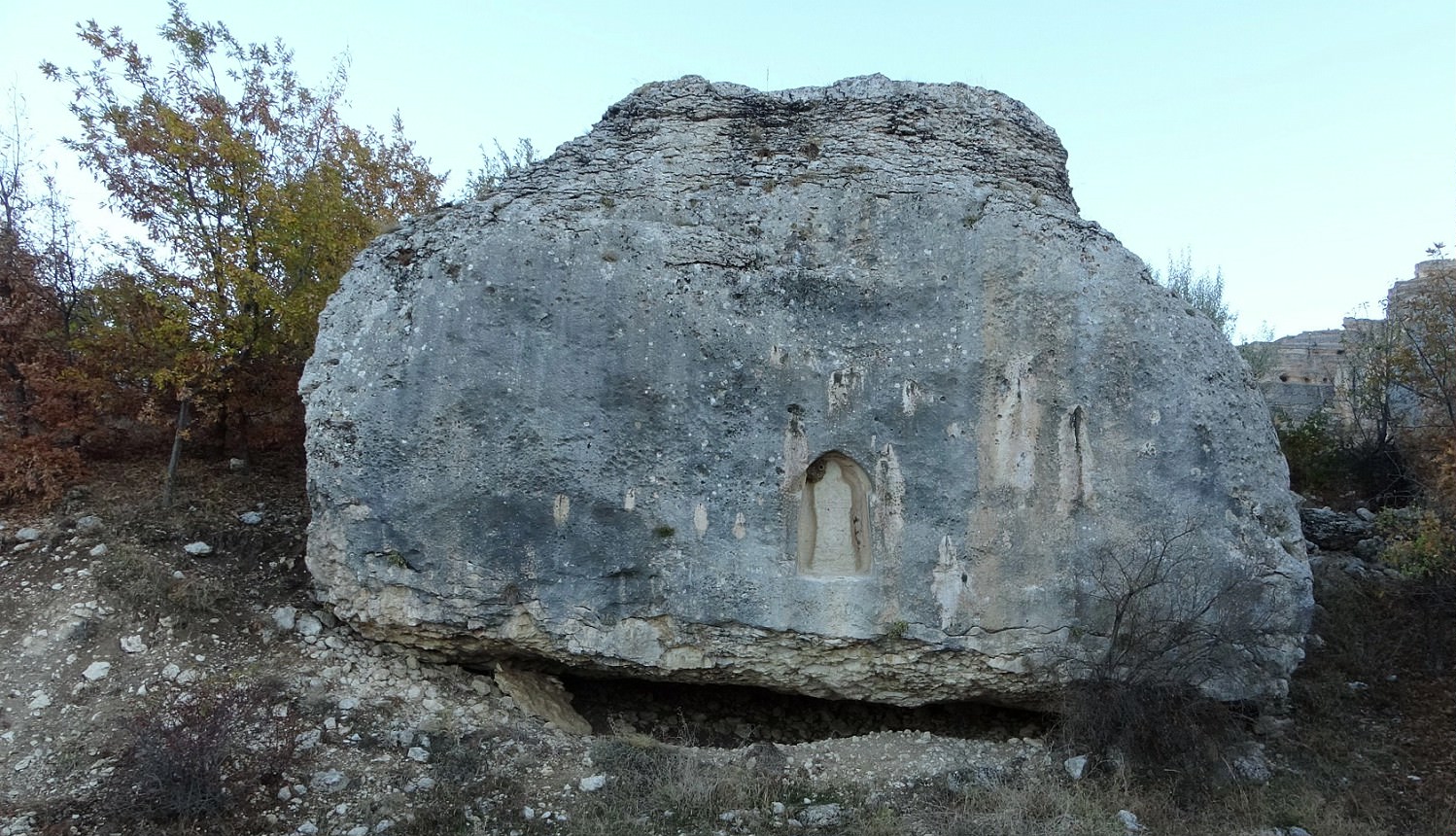
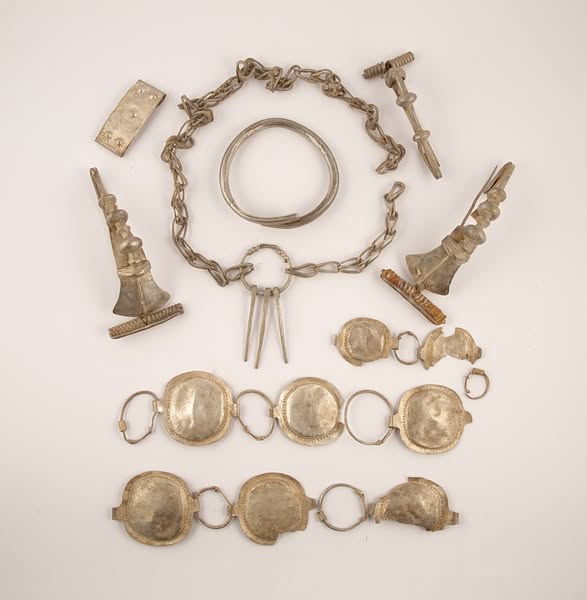

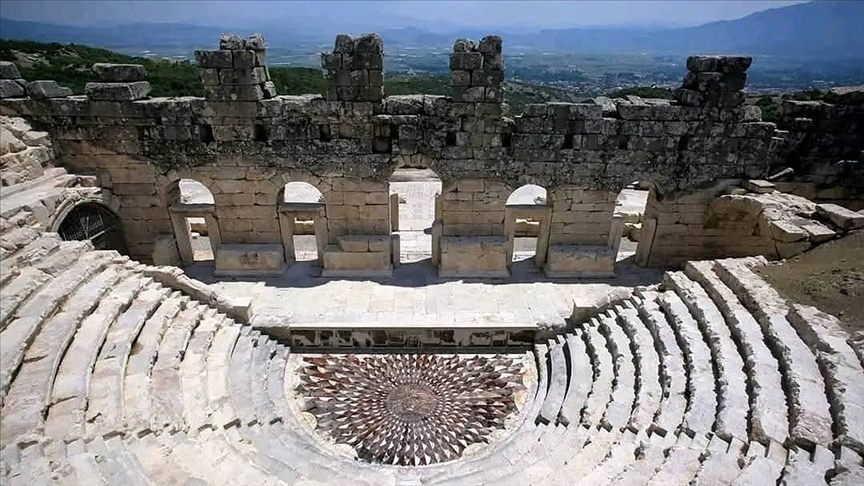
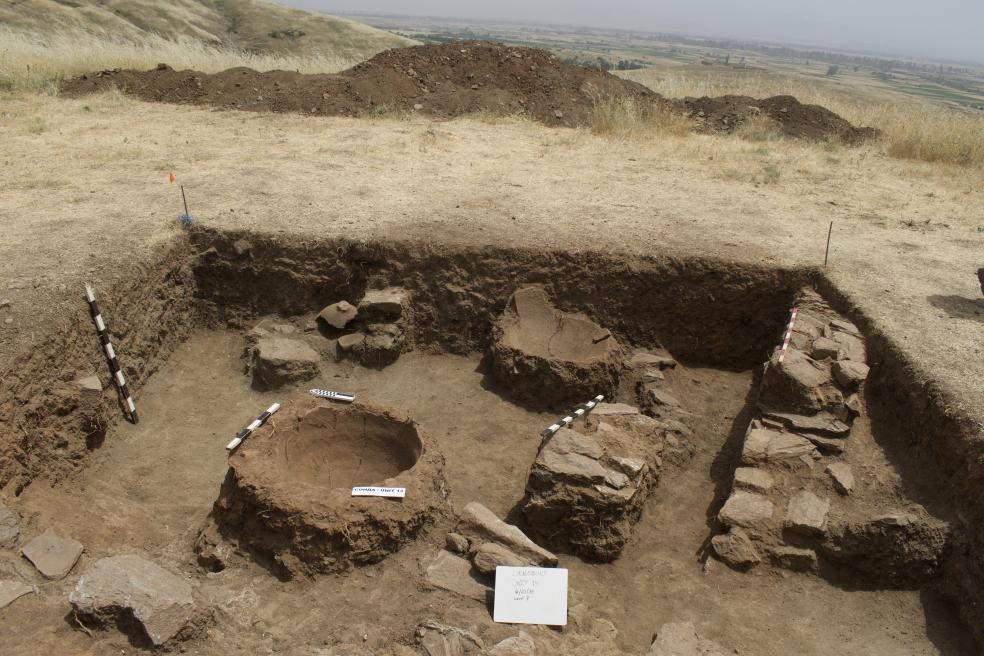
Leave a Reply